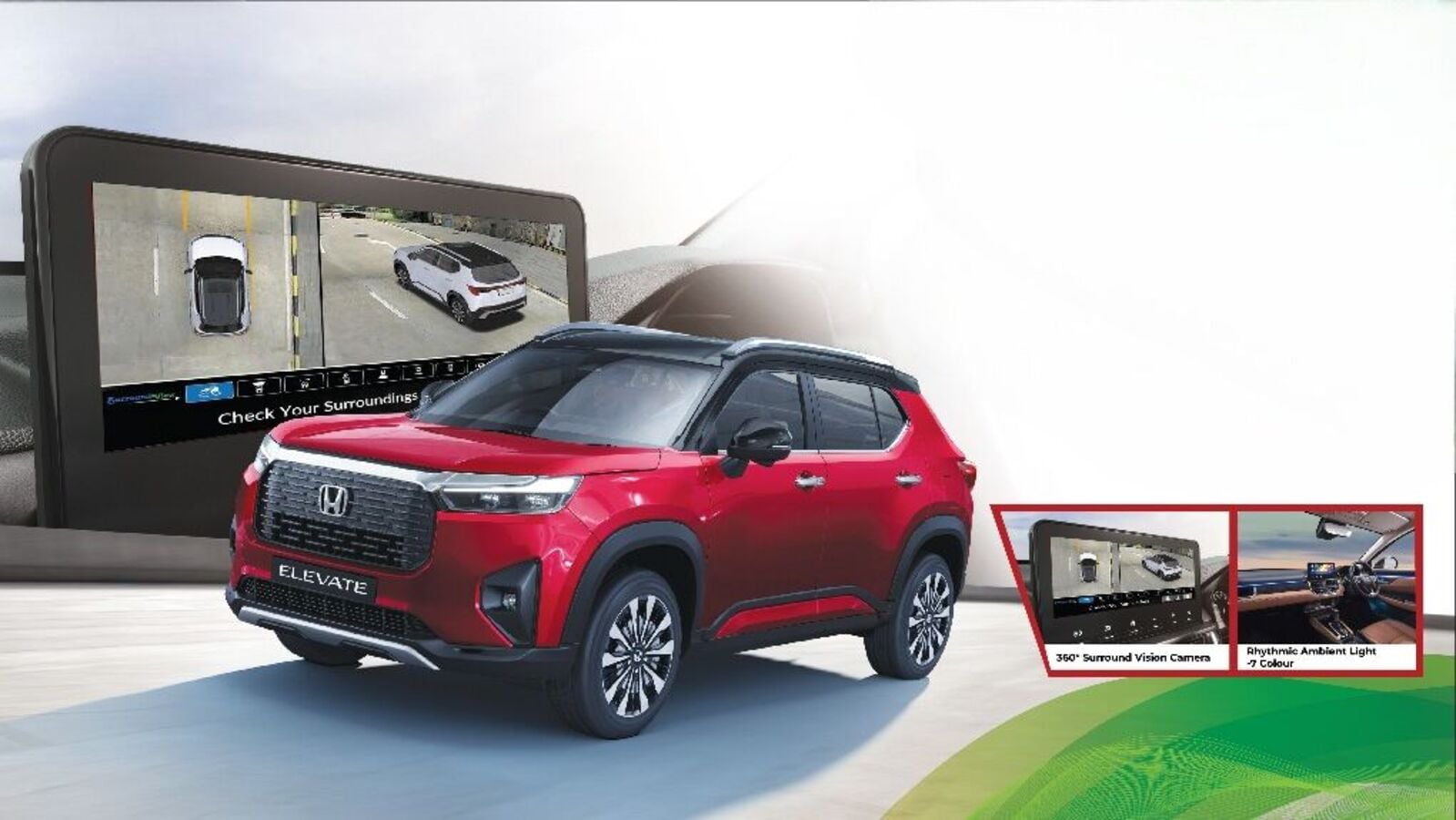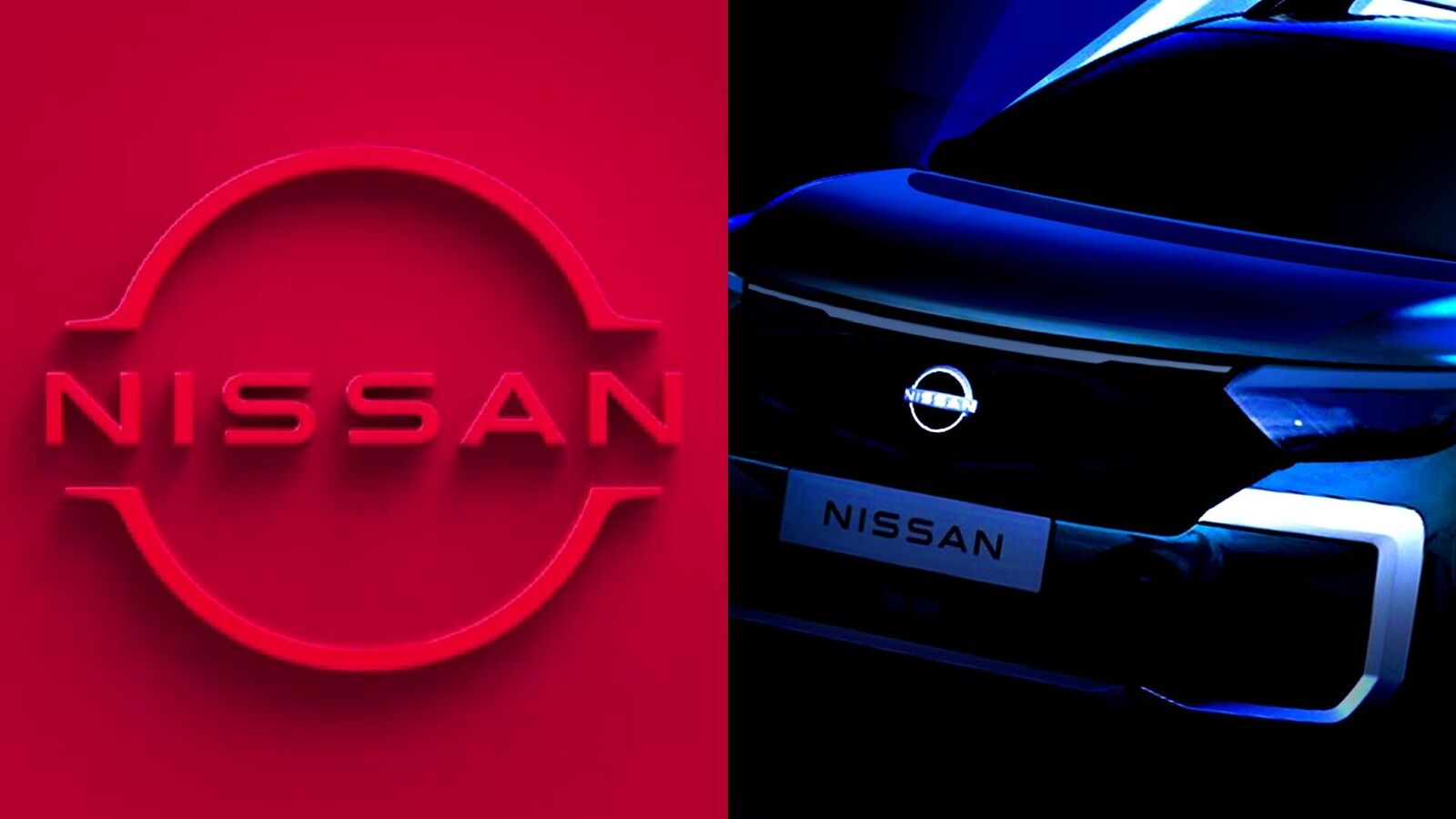01 August 2025

What is it like behind the wheel of the Ford Puma Gen-E? How important is a battery health certificate? What are the latest trends in Europe’s used-car markets? Autovista24 editor Tom Geggus recaps the week’s biggest automotive developments in The Automotive Update podcast.
In this week’s episode, Autovista24 special content editor Phil Curry talks about his road test of the Ford Puma Gen-E. Then, Autovista24 journalist, Tom Hooker, discusses electric vehicle (EV) battery health certificates and Europe’s used-car markets.
Subscribe to the Autovista24 podcast and listen to previous episodes on Spotify, Apple and Amazon Music.
The Ford Puma Gen-E
Built on the same multi-energy B-car platform, Ford’s all-electric Puma Gen-E shows strong design continuity with its petrol-powered sibling. According to Autovista Group experts, the driving experience resembles that of the internal-combustion engine (ICE) model.
Styling updates include a blanked-off grill and smoother wheel designs for improved aerodynamics. The interior layout mirrors the petrol model, featuring a 12.8-inch screen behind the steering wheel and a 12-inch central infotainment touchscreen.
The Puma Gen-E offers practicality, with 523 litres of boot space, a hidden ‘Gigabox’ compartment, as well as a 43-litre frunk. Powered by a 100kW motor and a 43kWh battery, it delivers a WLTP range of 233 miles and fast charging from 10% to 80% in about 23 minutes.
How important are battery health certificates?
Battery health certificates are becoming an increasingly important part of the used-EV market. Unlike used petrol and diesel vehicles, mileage alone does not reflect an EV’s true condition and value. Two vehicles with similar mileage could have vastly different battery performance, depending on how they have been used and maintained.
Experts like Pierre-Amans Lapeyre, CEO of BIB batteries, and Roland Gagel of CARA, have highlighted the need for clear, transparent, and trusted information. Currently, many electrified used-car listings lack this, making it harder for cautious consumers to fully trust used EVs.
A standardised certificate could boost trust, improve pricing accuracy, and support residual values (RVs). Policymakers and industry leaders see it as key to growing the second-hand EV market. This is especially crucial as the number of used EVs increases globally.
Mixed bag of forecast European used-car residual values
Average new-car list prices continued to rise in July across major European automotive markets. Austria, France, Germany, Spain, Switzerland, and the UK all saw consistent increases.
France recorded the largest year-on-year increase, followed by Austria, which saw an 8.8% uptick compared with July 2024. Spain, Switzerland, and Germany also recorded significant list price increases, the UK posted a 4% rise, while Italy saw a 1.8% growth.
Meanwhile, used-car supply continued to fall year on year. The active-market volume index (AMVI) of two-to-four-year-old cars saw the biggest advert slump in Spain, down by over 40%. Italy also recorded a double-digit decline. The UK and France saw some stability compared to other markets, declining by 4.1% and 1.6% respectively.
Compared to July 2024, the sales-volume index (SVI) also fell across all seven observed markets. This was except for France, which posted a 3.7% increase. Double-digit declines were witnessed in Spain, the UK and Germany.




